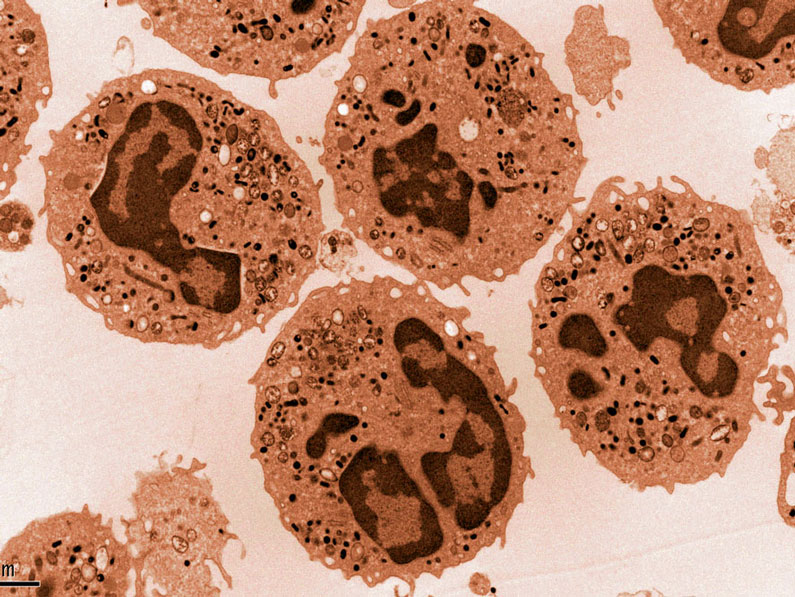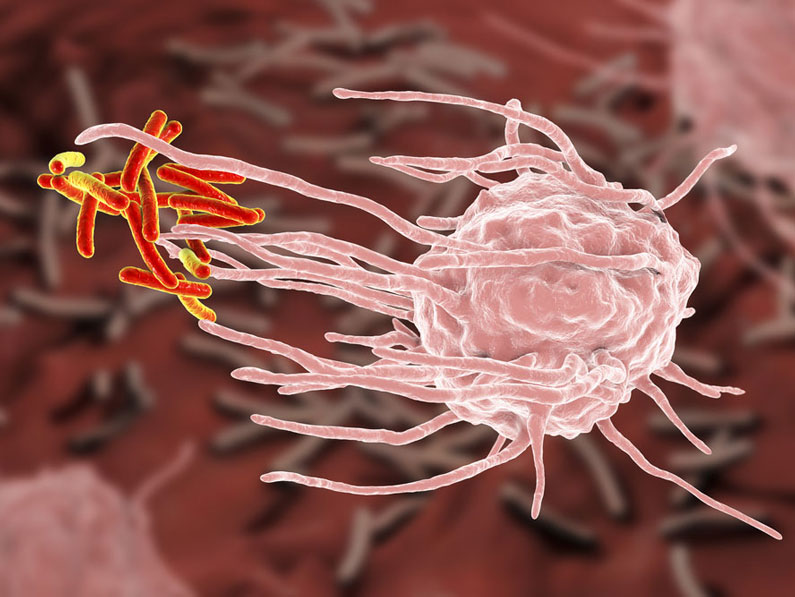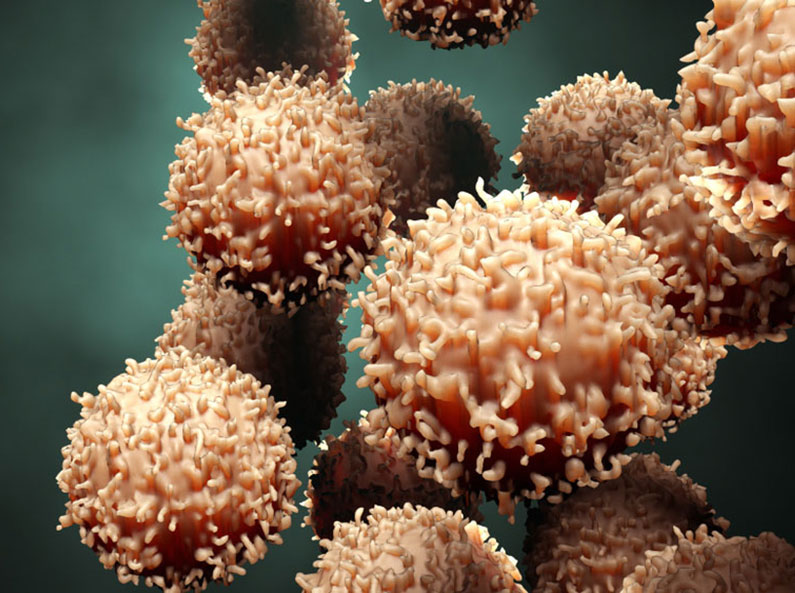
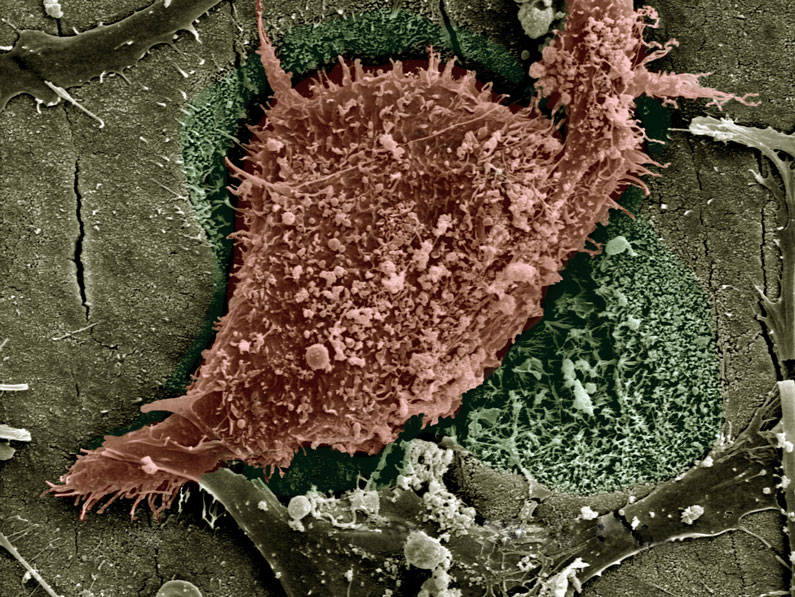
- Induced Model LPS responses, LPS/D-GAL, hepatic failure
- Performed on TNF, TNFR1
- Readouts Cytokine levels, Lethality, ALT activity

RANKL as a therapeutic target
RANKL is a pivotal regulator of osteoclast activity and bone metabolism and by binding to its receptor RANK, RANKL controls the differentiation, proliferation, and survival of osteoclasts.
When there is a misbalance in bone metabolism and the rate of bone resorption exceeds that of bone formation, pathological conditions such as osteoporosis ensue. Due to its role as an important regulator of bone metabolism, RANKL appears to be a promising target for osteoporosis and related disorders.
Indeed, denosumab (Prolia), a humanized monoclonal antibody that prevents RANKL from binding to its receptor, is currently used in the clinic as a successful treatment for osteoporosis, while there is an increasing interest in the development of denosumab biosimilars and novel compounds that also target the RANK/RANKL pathway as a treatment for bone metabolic diseases.
Preclinical Platforms for the evaluation of RANKL targeting therapeutics
The TghRANKL transgenic mouse model is a mouse that expresses human RANKL and develops spontaneously osteoporosis. The TghRANKL mouse offers an ideal preclinical platform for the efficient evaluation of therapeutics targeting the inhibition of human RANKL.
| Model | Duration | Read outs |
| Spontaneous Osteoporosis
TghRANKL |
6 weeks
|
-Weight -Histology -μCT -TRACP levels
|
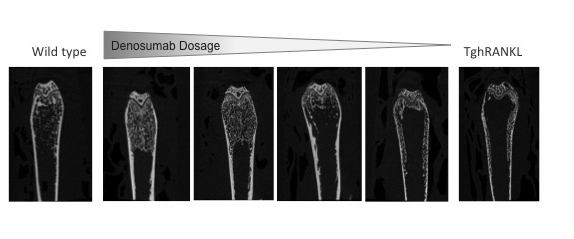
Representative μCT images showing dose depended reversal of the osteoporotic phenotype of TghRANKL animals following anti-hRANKL treatment.

